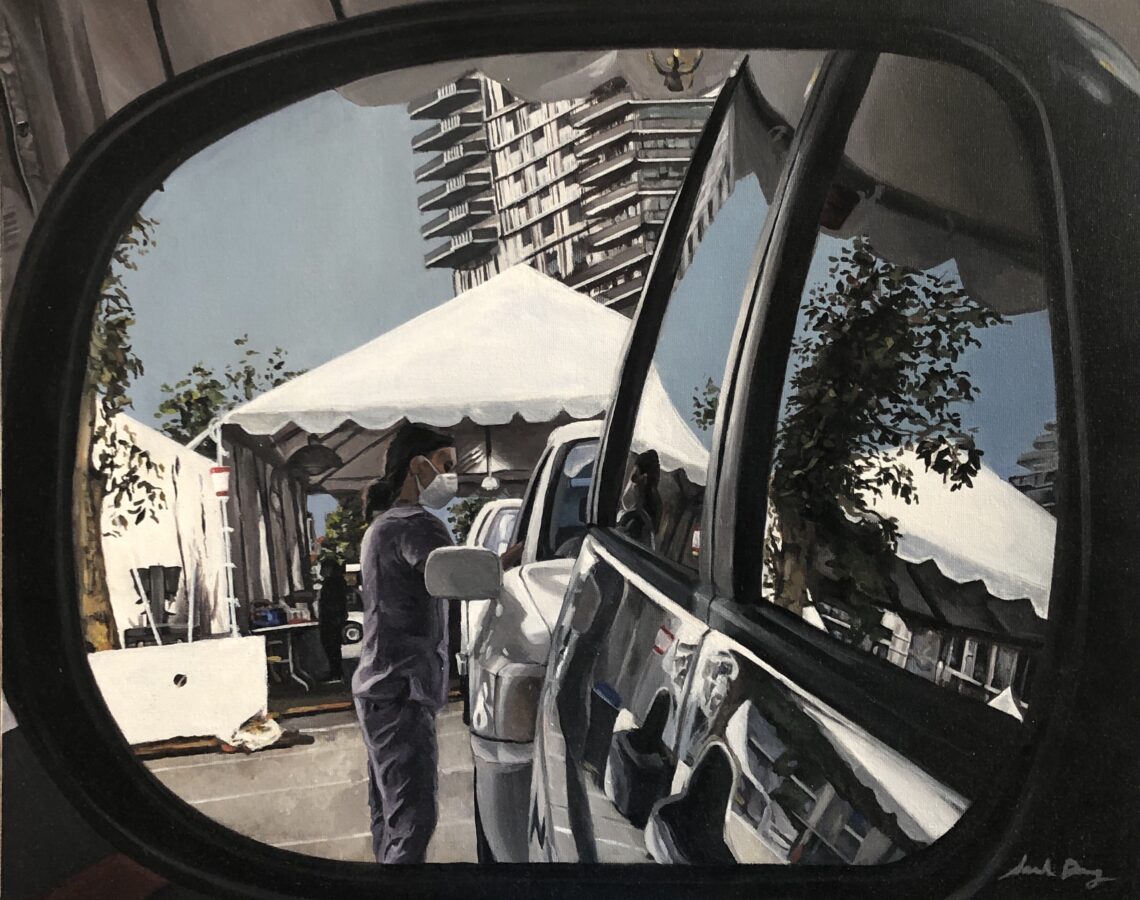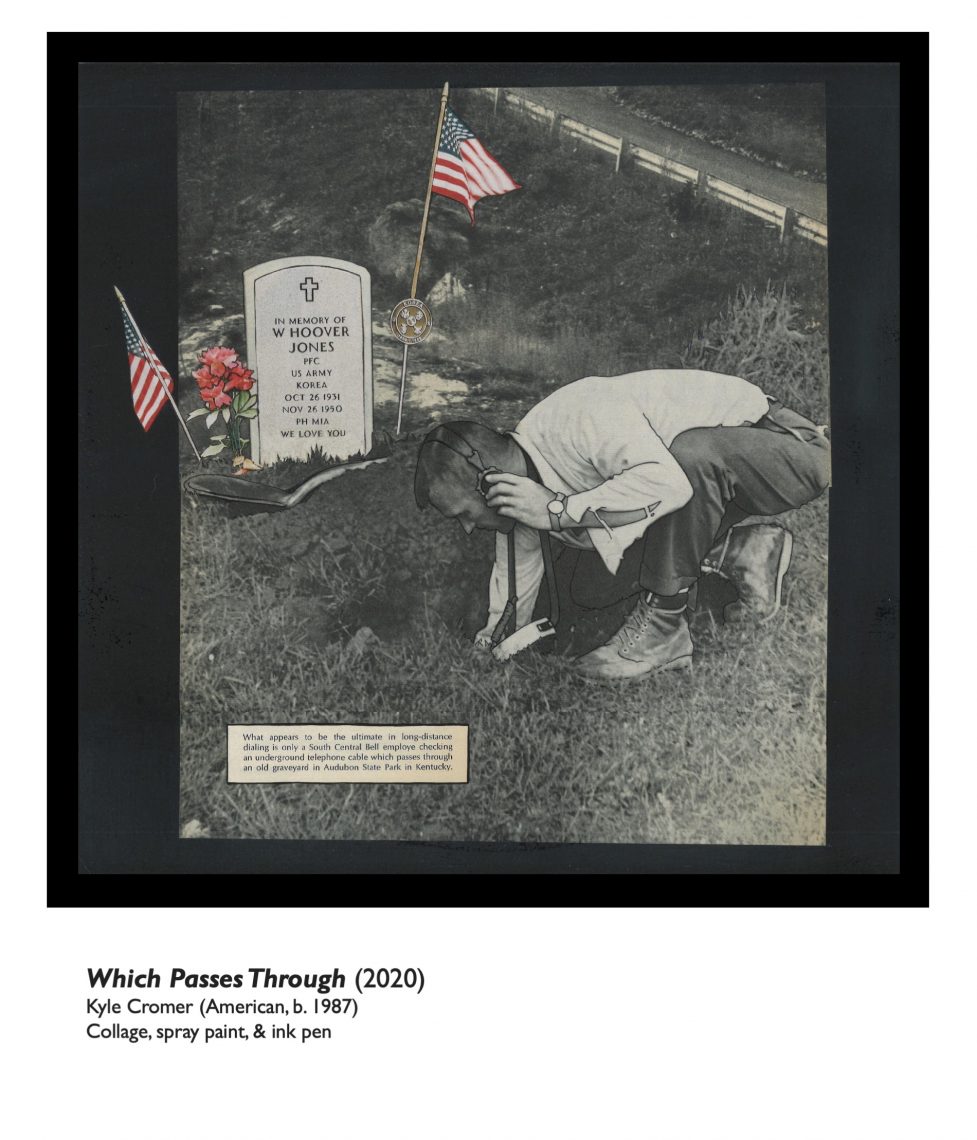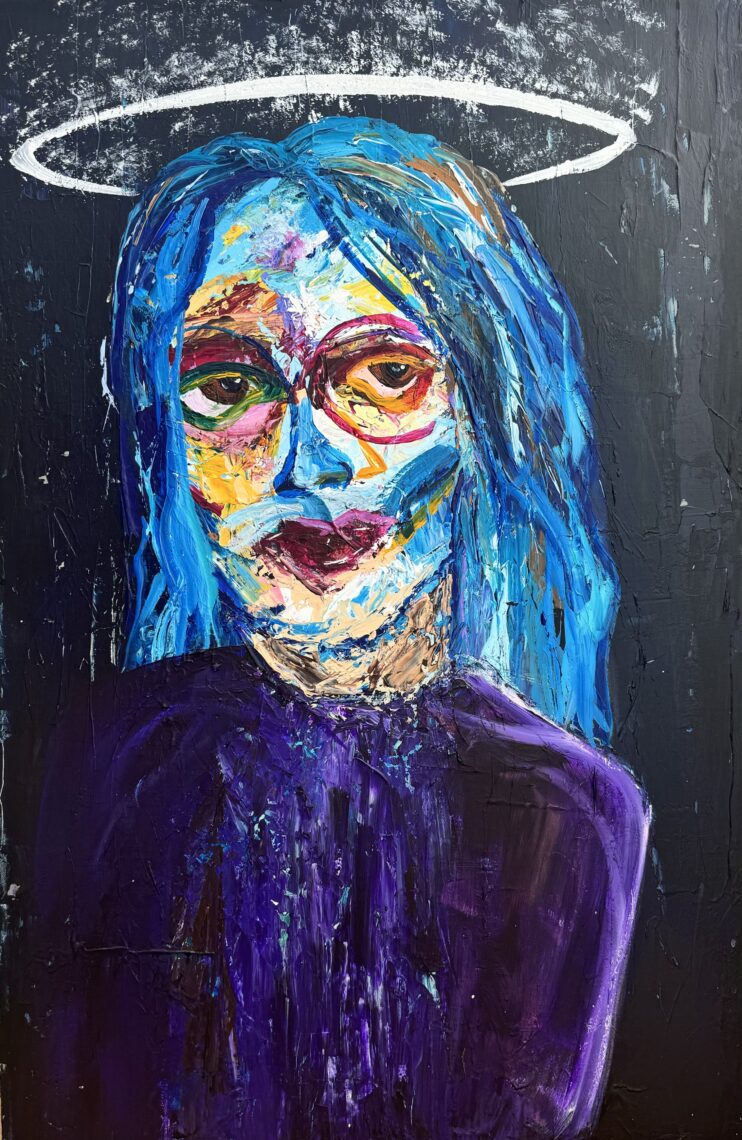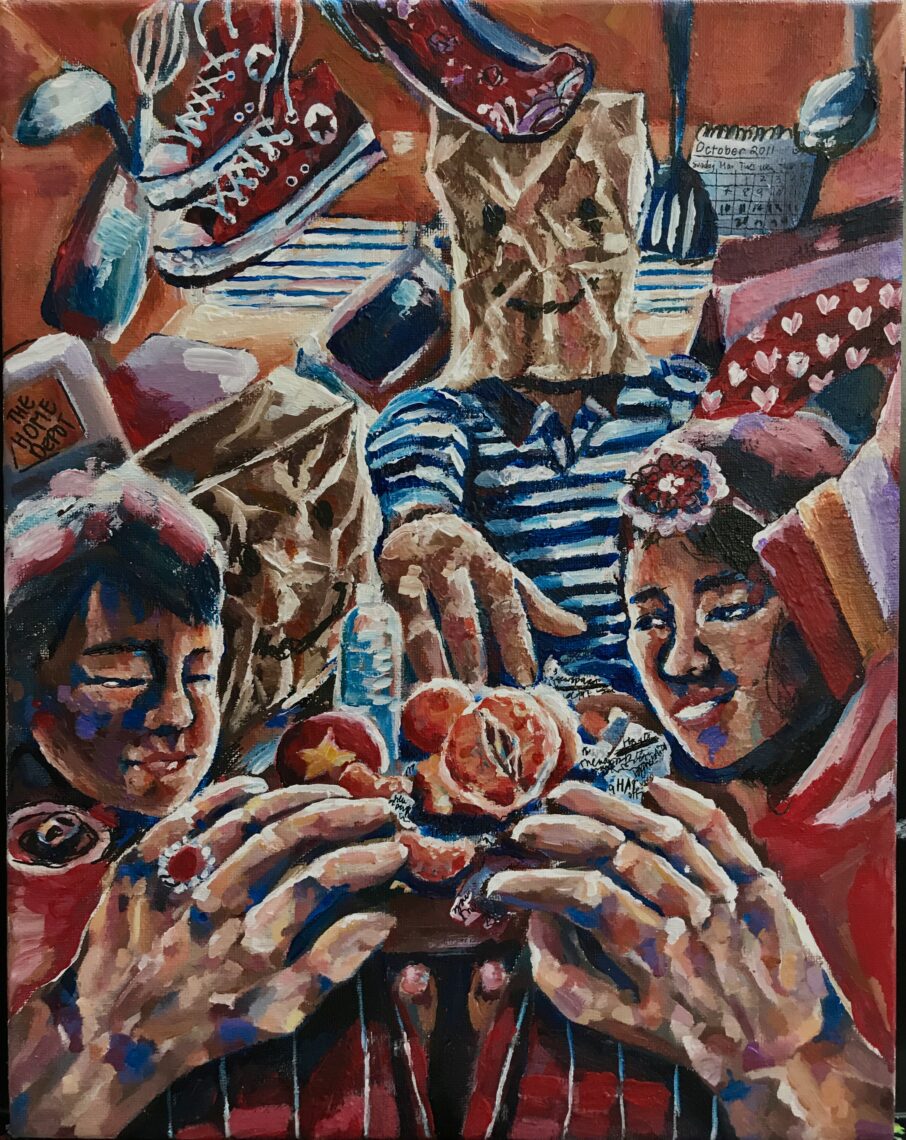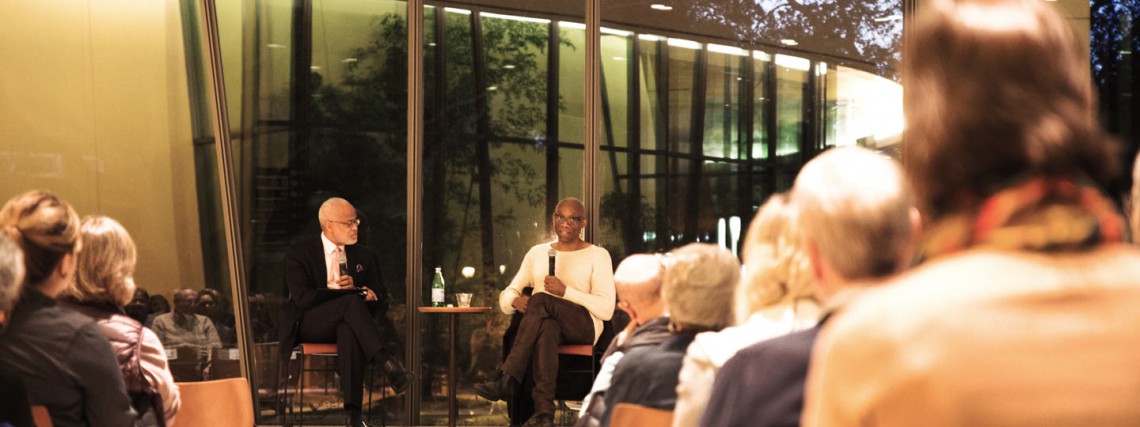
What would you ask Tony Award-winning choreographer Bill T. Jones? Stanford students get their chance, twice
Jones and his dance company perform on campus and the choreographer carves out time to engage with students in writing before his visit and in person once he arrives.
In a rare performance appearance, choreographer, dancer, director and writer Bill T. Jones will narrate 70 one-minute vignettes performed by his company dancers on Friday, Jan. 30, in Memorial Auditorium. Story/Time is a multidisciplinary work about family, lovers and others drawn from his life.
“Bill T. Jones and his great company of dancers are one of America’s rare artistic treasures,” said Wiley Hausam, the executive director of Stanford Live and Bing Concert Hall. “We at Stanford are so fortunate to have them here on campus with us this week. In particular, having Bill onstage in two contexts – as a performer in Story/Time and in conversation with Vice Provost Harry Elam about his work – is sure to move, inspire and provoke us in the best possible way.”
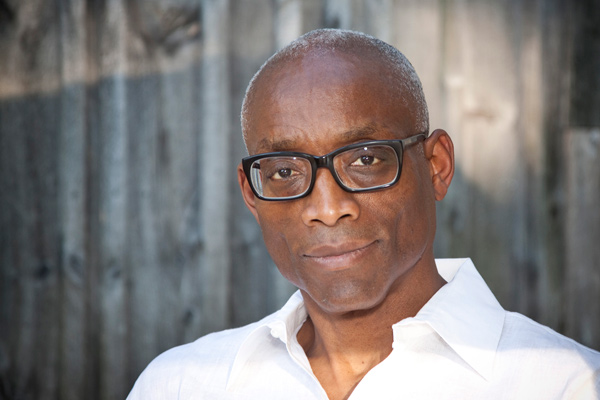
Christina Lane
The night before the stage performance, students and the public will have a chance to participate in a conversation with Jones moderated by Harry Elam, vice provost for undergraduate education, on Jan. 29 in the Bing Concert Hall Gunn Atrium. The event is free. The artist also agreed to respond to questions submitted via email prior to his campus visit.
Jones co-founded Bill T. Jones/Arnie Zane Dance Company in 1982 with Zane. He choreographed Spring Awakening (2007) and Fela! (2010), earning Tony awards for both, and has received commissions to create dances for the Alvin Ailey American Dance Theater, Boston Ballet, Berlin Opera and Lyon Opera Ballet.
The e-conversation
Natasha Avery, ’15, sociology (coterm): How have new media and technology influenced your artistic process? Do you see yourself continuing to use digital technology in future pieces?
Bill T. Jones: Inasmuch as I use a smartphone for planning and communications, a computer for design work and the sharing of files between collaborators, not to mention my associate artistic director, Janet Wong’s, use of digital video in some productions, I would say this technology will always be with me.
NA: You’ve stated in interviews that everything is political to you. What is it about dance that makes it an effective medium for political expression?
BTJ: I think you’re asking the question of “What is politics?” Politics is evidence of the shift – subtle and overt – of power throughout humanity. Dance is no exception.
Tobin Asher, ’16, communications: How does your creative process differ when choreographing for musical theater versus for your dance company?
BTJ: This is a very old and ragged discourse. I think the only distinction I would make would be the nature of the questions a creator employs and the quality of concentration necessary for audience and creator. What this looks like is, “What is the objective?” In the commercial world, there is usually a higher premium placed on numbers in attendance. We all need audience, but the commercial world long ago embraced that it is part of a capitalist economy – an industry, if you will. Those who sometimes “blindly” see themselves as making art, entertain a fantasy that they are free of this industry. Every creator must master early on or at some point how they will amass support for their work and the continuation of it in the culture.
TA: In what ways does working with actors who dance as opposed to professional dancers change your work?
BTJ: There are professional dancers who act, or I should say, handle text well. … I am in the process of developing such a company of performers. But for the sake of discussion, a person who defines him/her self as an actor is in some ways freer of some bodily concerns than a dancer and a person who defines themself as dancer first, is usually more willing to enter into abstraction, needing no “motivation” or textural grounding in what they do. All of the above is so general as to be nearly useless in the making of the work.
Jacqueline Lin, ’17, science, technology and society: How do you inspire aspiring, amateur dancers whose injuries prevent them from undergoing professional training?
BTJ: Are you speaking to me or are you speaking to you? At this moment, I don’t see myself in the “inspirational game.” I am too busy trying to survive, maintain a community of performers and creators, disparate in origins, training, temperament and yet agreeing to place their differences at the service of an idea, a time-based art-form, looking for its place in the cultural discussion. In answer to your somewhat odd question I would say that an artist should not set out to “inspire” but, in fact, set an example by what they are doing. Not everyone can participate, but everyone potentially can feel the “heat” from the artist’s commitment, discipline and passion.
JL: How do you find the right collaborators to produce your project ideas? For example, the artists and the technicians who worked on Ghostcatching.
BTJ: The Ghostcatching artists found me! And, as a result, I began an education in a field I had not been particularly interested in. As in life, affinities are of a deep importance in creating relationships. My lighting designer and costume designer have been working with me for many years. Some projects demand that I articulate a question, often time the “what” and the “how” of some problem, and then, through a process of trial and error, one starts looking for who can most comfortably work with me in answering those questions.
Lowry Yankwich, ’16, history: Your work is often personal. What do you see as the relationship between art and real life? Is there art within real life, or is art artificial?
BTJ: An incomplete answer would be, “Art is in some ways a framing lens for some of us that allows us to break down this incomprehensible experience we call life into more discreet units.” Do you know the statement, “Seeing is forgetting the name of the thing one sees?” It is the name of a book about the great conceptual artist, Robert Irwin. He has dedicated his life to making work that is about perception itself. His work investigates that region that your question tries to put its fingers on: “When does the shadow on a wall that we see every second become THE SHADOW ON THE WALL and what was my part in its becoming so?”
Kelly Gregg, ’15, human biology and theater: Were you to reimagine, revive, or re-stage Still/Here today, what changes, if any, would you make? Has your perspective on life-threatening illnesses changed since you created the piece? How would current perceptions of HIV/AIDS reshape the choreography?
BTJ: First, HIV/AIDS was not the purpose of the piece at any time. It was about the nature of mortality and the community of fellow travelers who dealt with it every day. In some ways I continue this investigation. Story/Time we will present at Stanford is about time and things beginning and ending. You might ask yourself, how has your thinking around these issues and, say, the issue of death, changed between your being 10 years old and your present age and how does your experience of time and, let’s say, the issues of birth and death, differ from someone in their 80s or 90s? The only constant is change.
Sammi Cannold, ’16, theater and performance studies: On Fela! you wore a variety of “artistic hats,” if you will, as co-conceiver, co-writer, director and choreographer. How did you manage to strike a balance between what each of the roles required while still inhabiting the mind and body of a single artist?
BTJ: The old saw will have to do at this moment: necessity is the mother of invention!
Taylor Litchfield, ’16, human biology: We have a huge start-up culture here at Stanford, and it is interesting to apply that to the arts, which I think of as being timeless and traditional. Though the word “startup” may make me and other artists cringe, a new dance company is essentially that. What was the process of establishing your own company and how did that reconcile with your art?
BTJ: The world was so different at that time, as was I. … I was allowed by the time and the era to see making art as no different from taking a road trip, hanging out with friends, etc. It was pleasant and naïve. Every young artist should have that privilege. Time educates, if it doesn’t devastate. The greatest difference I see between what I did and the startups you mention is that we had no objective other than a kind of, “Let’s see what will happen.” And we were free of a basic assumption that every startup now must have and that is that in order to make something it needs capital. Maybe, “Let’s see what will happen” can still work – at least for a while. … However, in my era and in this era a dance company or startup will always require a group of energetic like-minded individuals willing to “jump in.”









